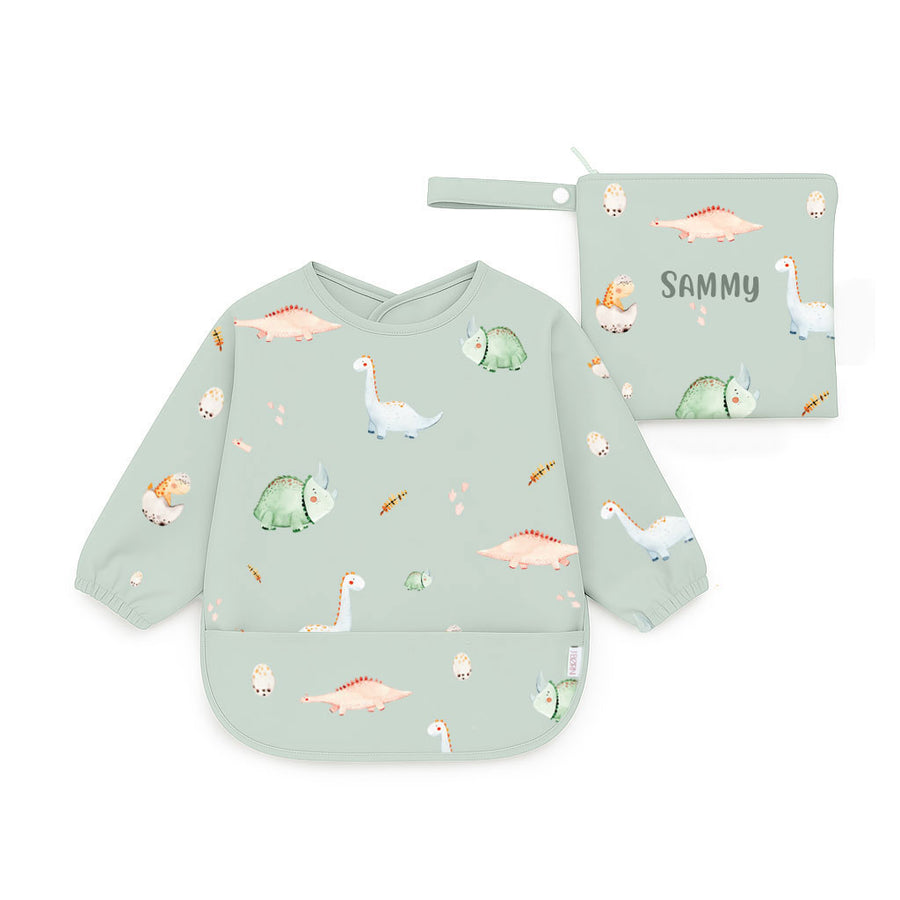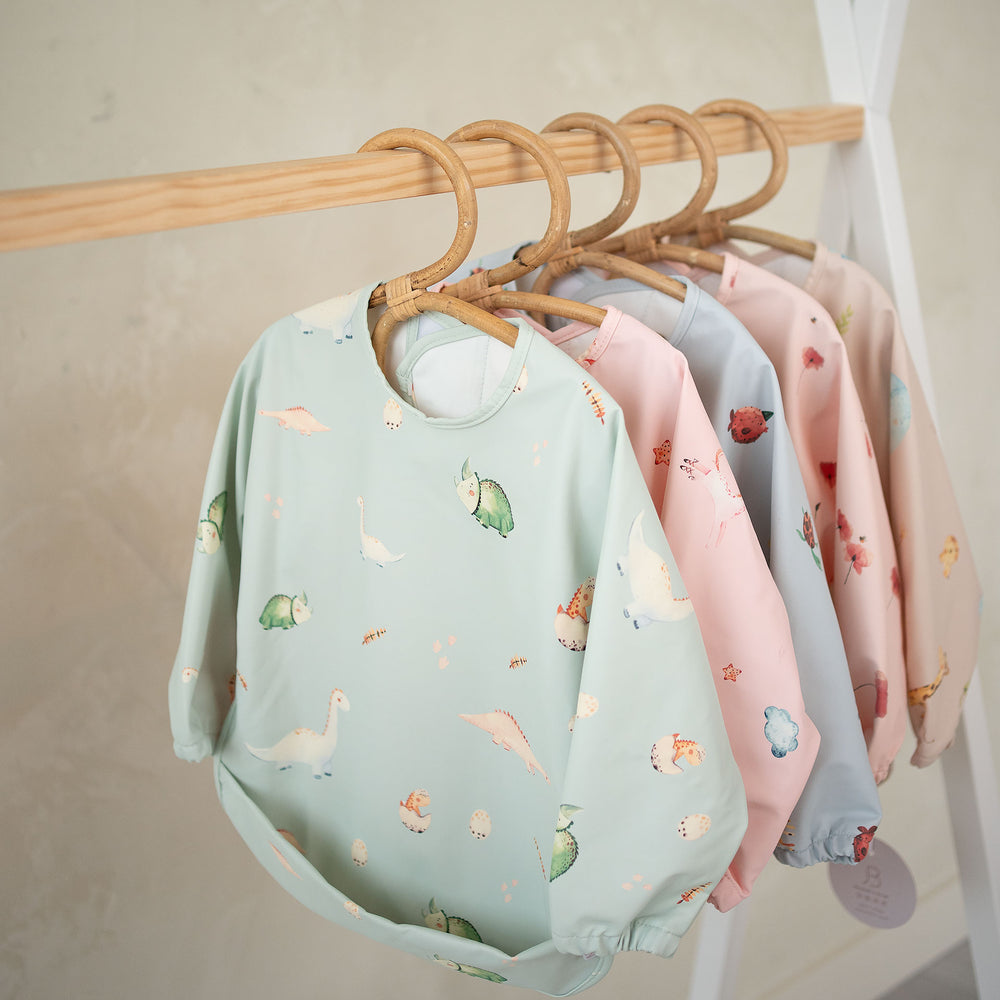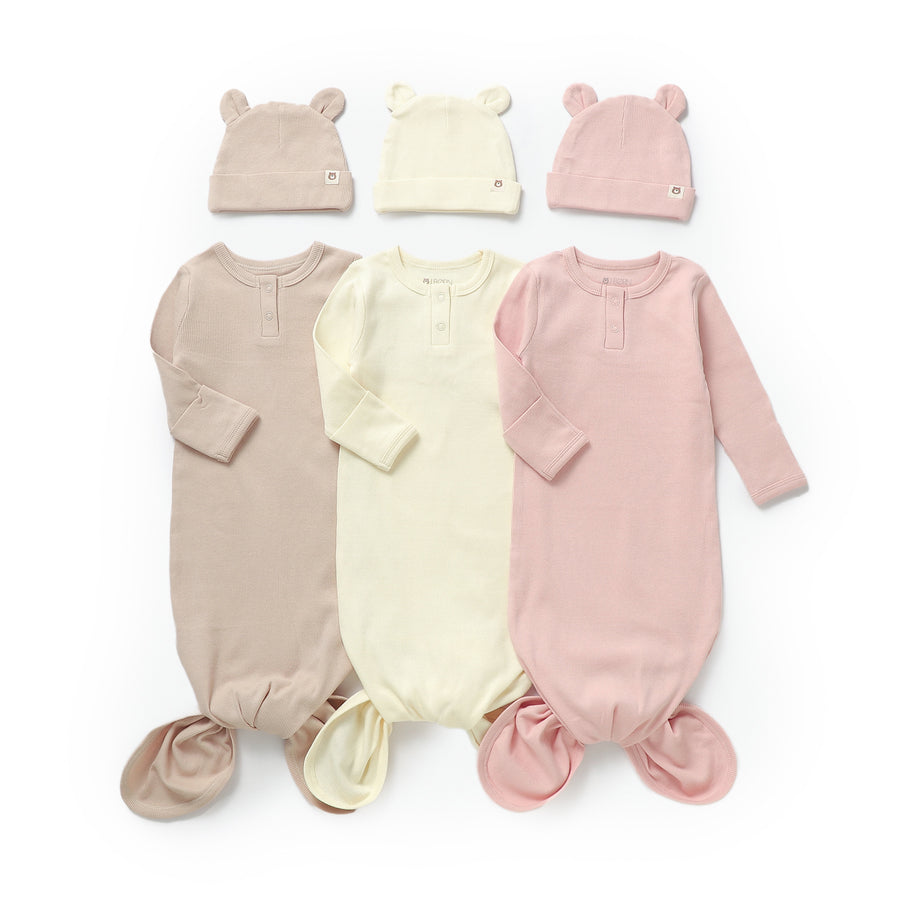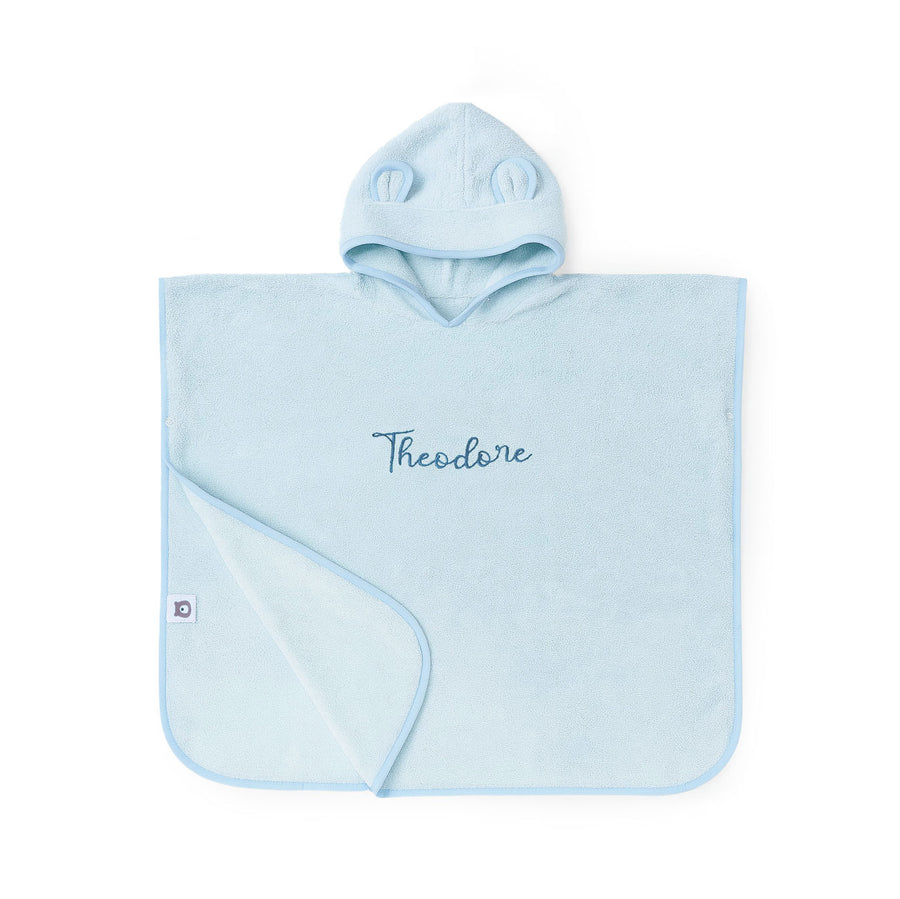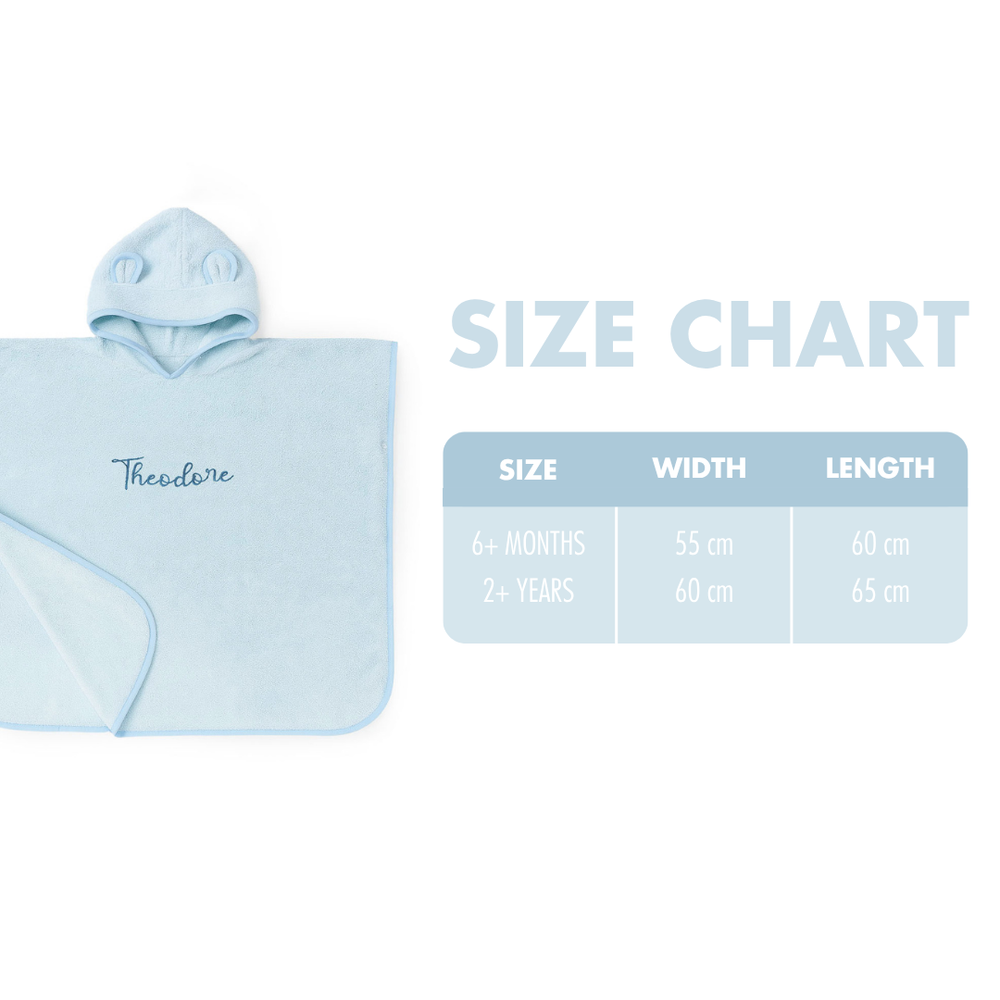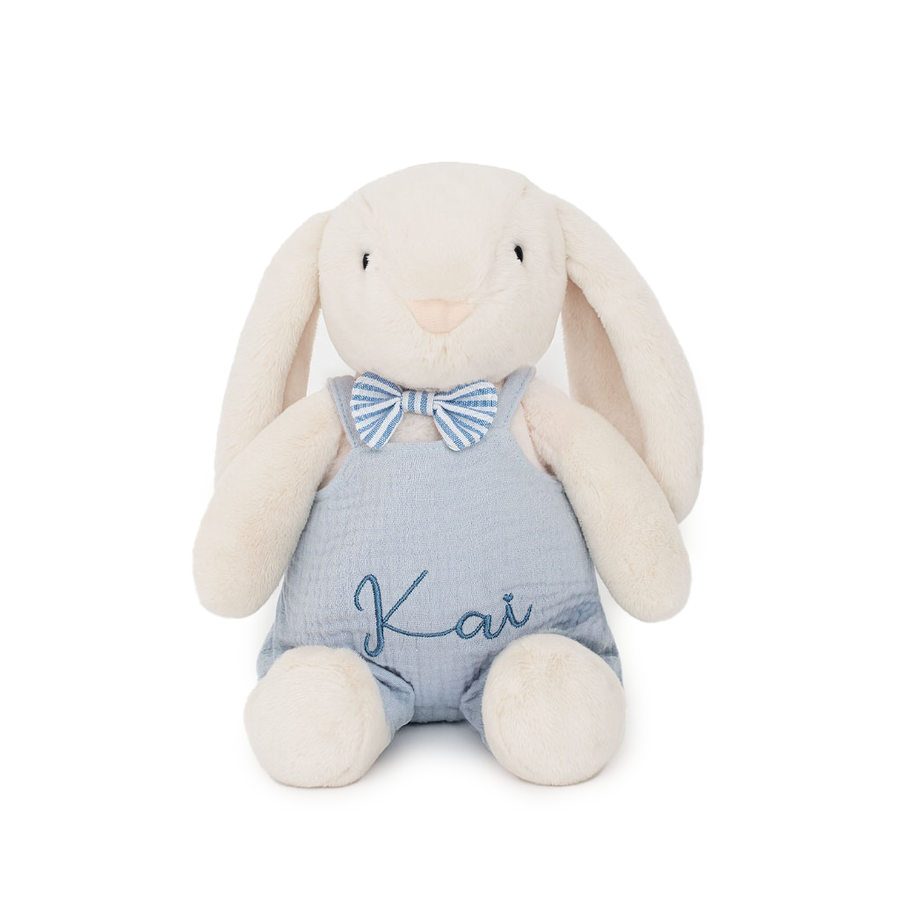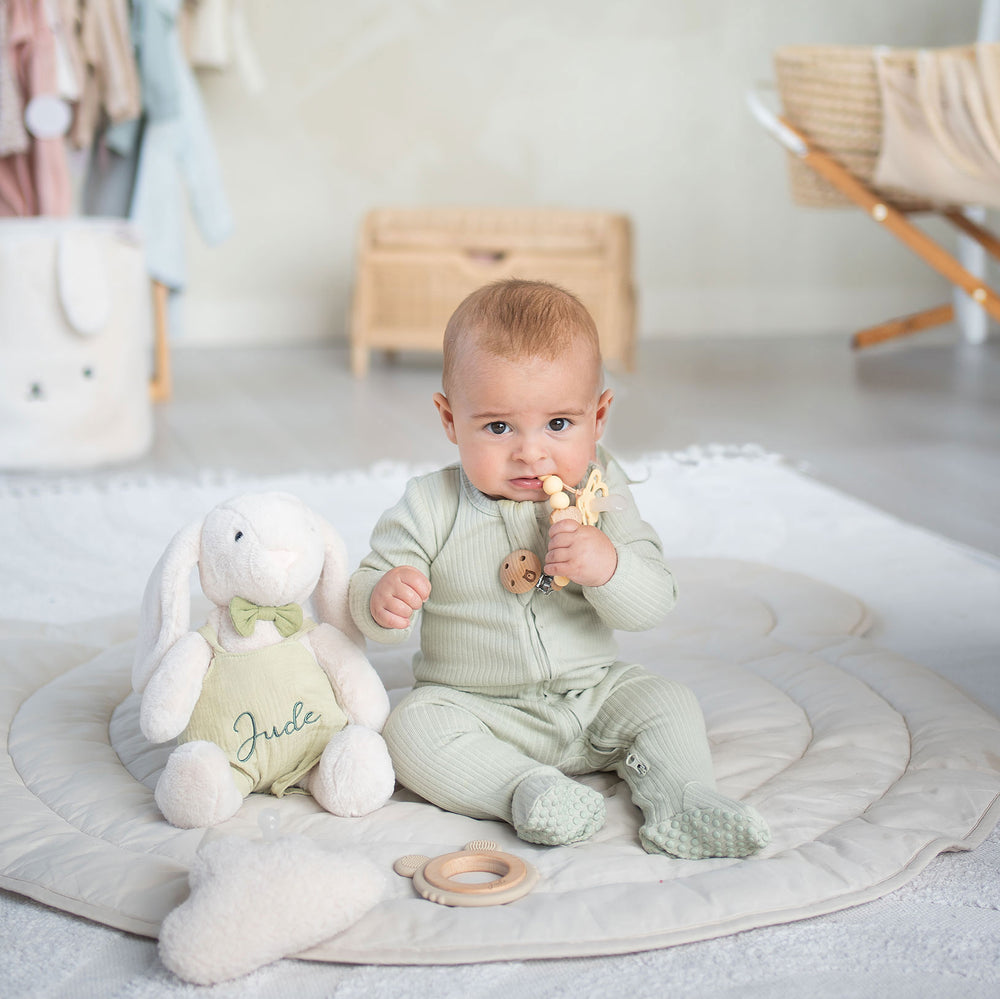Natural Rubber Latex vs Silicone Pacifiers - Which to choose?
Choosing the right pacifier for your baby is a crucial decision. Natural rubber latex and silicone pacifiers are two popular options, each with its own set of advantages and disadvantages. In this comprehensive guide, we'll explore the differences between them to help you make an informed choice for your little one.
Natural Rubber Latex vs Silicone Pacifiers
Both Silicone and Latex are very different materials and each of them have their pros and cons. In the table below, we have summarised some of the factors to consider when choosing between both pacifiers.
|
|
||
|
Material Properties |
Natural rubber latex pacifiers are made from the sap of rubber trees. They are biodegradable, making them an eco-friendly choice. The natural material comes with a natural aging process affected by natural influences like UV-light, air, saliva, and heat. |
Silicone is an industrially manufactured hypoallergenic, odorless, and taste-neutral material that is known for its purity. It is 100% free of harmful and endocrine-disrupting ingredients such as BPA, PVC, and phthalates. They are firmer than latex pacifiers and does not age |
|
Comfort & Feel |
Latex pacifiers are softer and more flexible, providing a natural feel in your baby's mouth, which can mimic the feel of a mother's breast. Babies who prefer a softer texture often find latex pacifiers soothing. |
Silicone pacifiers are firmer and may not feel as natural to some babies. However, they are durable and maintain their shape well. |
|
Allergies & Sensitivities |
Latex pacifiers have the potential to cause allergies in some babies, especially those with latex sensitivities. If your baby has a latex allergy, it's best to avoid these pacifiers. |
Silicone pacifiers are hypoallergenic and a safer choice for babies with latex allergies or sensitivities. |
|
Durability |
Latex pacifiers are less durable and may need to be replaced more frequently, especially if your baby is an avid pacifier user. |
Silicone pacifiers are durable and can last longer, making them a cost-effective choice in the long run. |
|
Cleaning & Maintenance |
Latex pacifiers require more careful cleaning and can't withstand high temperatures. Boiling them is not recommended. |
Silicone pacifiers are easy to clean and can be sterilized by boiling, which makes them a hygienic choice. |
|
Read our Pacifier Cleaning Guide |
||
|
Shape & Design |
Both come in various shapes and designs, catering to different preferences, designed to promote proper oral development |
|
Pacifier Safety
After you have chosen your pacifier, here are some tips when using them:
❗️Pull test: Do the Pull Test every time before you give your child a dummy: Pull the pacifier nipple in all directions, and discard at the first signs of damage or weakness.
❗️Replace regularly: Check the manufacturer’s leaflet to see how long it recommends you use the dummy for. Rubber pacifier lifespan is around 4-6 weeks (depending on usage). Throw away any dummy that shows signs of wear and tear, including a hole, a rip or even discoloration. If you are using rubber pacifier, the elasticity of the material allows the nipple to change shape and size because of the baby’s strong vacuum, this means that the nipple in some cases can expand if it is not replaced in time. Read more about when to replace pacifiers here
❗️Sterilise only according to the manufacturer’s instructions: Please read our cleaning guide here
🙅🏼♀️ Away from heat: Never leave a dummy in direct sunlight or near a strong source of heat, such as a radiator, as this can cause rubber to perish.
Recommended Readings
Which Pacifier Nipple Shape is Best?
Which pacifier size to choose?






